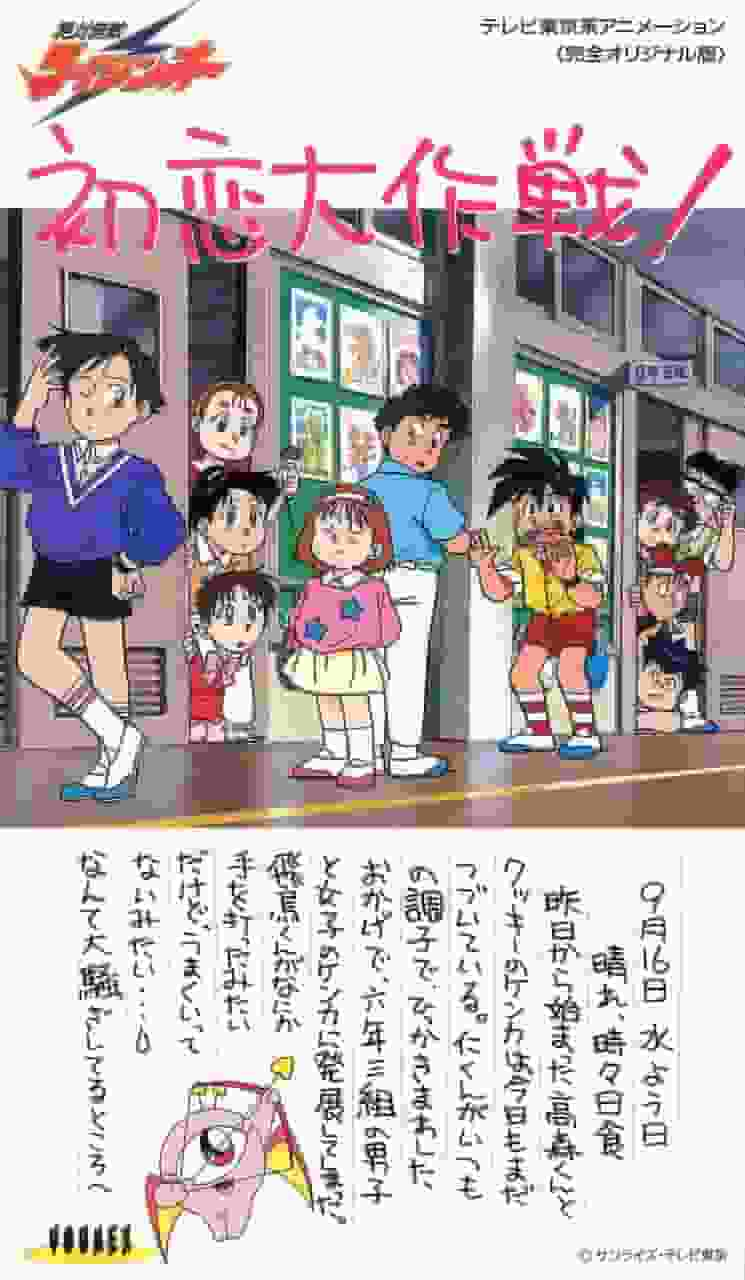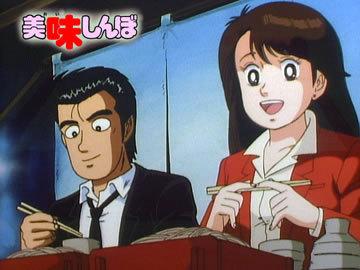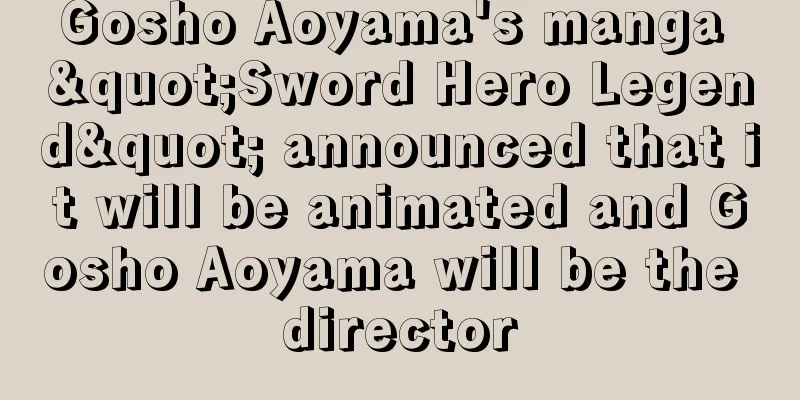Tales of the Kojiki, Part 2: Defeating the Yamata no Orochi - A thorough analysis of the legendary hero and the mythical battle

Tales of the Kojiki, Part 2: Defeating the Yamata no Orochi Serpent■ Public Mediatheater ■ Original MediaAnime Original ■ Release dateDecember 1956 ■Frequencies11 mins ■ Number of EpisodesEpisode 1 ■ DirectorNobuo Ofuji ■ ProductionOfuji Productions [Works], Association of Shinto Shrines, Chiyogami Film Company ■ExplanationOne of the shadow puppet series of Kojiki tales. Source: History of Japanese animation films, p. 250 ■ Main staff・Planning: Mitsumasa Shomoto ・Script: Yoneo Okada ・Music: Kozaburo Hirai, Kyoyukai Chorus, Yasuko Nakajima Company ・Sound: Meguro Studio ・Performers: Kusa no Kai Work reviewThe Tale of the Kojiki, Part 2: The Extermination of the Yamata no Orochi, released in 1956, is a work that depicts the legend of the Kojiki as a shadow puppet animation, and is highly regarded for its artistic and cultural value. This work is one of a series of shadow puppets created by director Ofuji Nobuo, and is a noteworthy presence in the Japanese animation film world of the time. The story is based on the legend of Susanoo no Mikoto's defeat of Yamata no Orochi, which is recorded in the Kojiki. The scene where Susanoo no Mikoto fights against Yamata no Orochi to save Kushinadahime is given a more mythical atmosphere by using shadow art as a form of expression. The beauty of the shadow art and the harmony of the music have the power to draw the audience into the world of the Kojiki. The Association of Shinto Shrines was also involved in the production of this work, and it has been highly praised from a Shinto perspective. In particular, the theme of the slaying of the Yamata no Orochi, which in Shinto is symbolic of liberation from evil beings, would have resonated deeply with Japanese society at the time. Director Nobuo Ofuji is known as a leading figure in shadow animation, and his works always strike a balance between artistry and storytelling. "The Tale of the Kojiki, Part Two: The Extermination of the Yamata no Orochi" is one such example, and the delicate movements of the shadow puppets and the beauty of the colors deeply move the audience. In addition, the storytelling of screenwriter Yoneo Okada is also superb, reinterpreting the legends of the Kojiki from a modern perspective to depict universal themes. Music is also an important element of this work, and thanks to the work of Kosaburo Hirai, Kyoyukai Chorus, and Yasuko Nakajima Chorus, it successfully creates a sacred atmosphere. In particular, the music heightens the tension in the battle scene with the Yamata no Orochi, drawing the audience into the heart of the story. The recording was done at Meguro Studio, and the cast was Kusa no Kai. In the unique format of shadow animation, the voice actors' performances enrich the story and leave a deep impression on the audience. In particular, one of the great attractions of this work is how the bravery of Susanoo no Mikoto and the purity of Kushinadahime are conveyed through their voices. Background and influences of the work"The Tale of the Kojiki: Chapter Two - The Extermination of the Yamata no Orochi" is a work that showed the potential of shadow puppet animation in the Japanese animation film world of the 1950s. At that time, television animation had not yet become widespread, and animation works released in theaters were extremely rare. By depicting the legends of the Kojiki as animation, this work contributed to the reevaluation and popularization of mythology. This work was also highly regarded from a Shinto perspective, as it was produced with the cooperation of the Association of Shinto Shrines. The theme of slaying the Yamata no Orochi has a symbolic meaning in Shinto as liberation from evil, and would have resonated deeply with Japanese society at the time. This work also played an important role as a means of widely disseminating the teachings of Shinto. Furthermore, this work represents a technical advancement in shadow animation. By incorporating the traditional method of expression, shadow puppetry, into animation, a new art form was born. Ofuji Noburo's shadow puppet animation has had a major impact on the Japanese animation film industry since then, and has inspired many creators. Work evaluation and recommendation"The Tale of the Kojiki, Part 2: The Extermination of the Yamata no Orochi" is a work that depicts the legends of the Kojiki as shadow puppet animation, and is highly regarded for its artistic and cultural value. The beauty of the shadow puppets, the harmony of the music, and the skill of the storytelling deeply move the audience. This work represents a reevaluation and popularization of the Kojiki, as well as the technical advancement of shadow puppet animation, and is a noteworthy presence in the Japanese animation film world of its time. Here are some reasons why I recommend this work:
"The Tale of the Kojiki, Part Two: The Extermination of the Yamata no Orochi" is a work that depicts the legends of the Kojiki as shadow puppet animation, and is highly regarded for its artistic and cultural value. The beauty of the shadow puppets, the harmony of the music, and the skill of the storytelling deeply move the audience. This work represents a reevaluation and popularization of the Kojiki, as well as the technical advancement of shadow puppet animation, and is a noteworthy presence in the Japanese animation film world of its time. Please watch this work and experience its artistic and cultural value. |
<<: Little Bear's Bouquet: A moving story and beautiful visuals
>>: A thorough review of "Little Black Sambo's Torajiro"! Explaining its charms and problems
Recommend
Disney bans old 20th Century Fox movies from U.S. theaters
According to foreign media reports, Disney has de...
The goods are not what they claim to be. A Japanese player auctioned the black and white wings anime card for a sky-high price. He was arrested for not delivering the card after receiving the money.
According to Japanese media reports today, on Nov...
The movie "Eight Hundred" is scheduled to be released on December 20. Official: The release date is not set yet, please refer to the official release date.
According to well-known financial blogger @紅树西岸, ...
The appeal and reviews of "Space Runaway Ideon: Contact Chapter": A thorough analysis of the profound worldview of this classic robot anime
Space Runaway Ideon: Contact Chapter - Space Runa...
Review of "The Devil is Behind Us": A story with more depth and fun than you'd expect
"The Great Demon King at the Back": The...
"Resident Evil: Dead Island" IGN rated 6 points for its action-packed, fast-paced
The CG movie "Resident Evil: Dead Island&quo...
Peter Rabbit 2 is scheduled to be released in China on June 11, with Guo Qilin dubbing Peter Rabbit
Today (May 20), the movie "Peter Rabbit 2: T...
"Moon Rebels 2" released an official trailer and will be launched on Netflix on April 19
Netflix's hit movie "Moon Rebels" C...
The release date of the movie "The Melancholy of Haruka Utsusemi 2" has been confirmed: January 1, 2021
The theatrical version of "The Melancholy of...
"Fallout" live-action drama Ghoul actor confirmed: already filming the second season
Walton Goggins, who plays one of the main charact...
"Let's go to the zoo": A thorough analysis of the charm and emotion of this song
"Let's Go to the Zoo": The appeal o...
Vin Diesel's R-rated new film "Bloodshot" first trailer shows his face getting smashed
Today (October 21), the first trailer for the new...
The official poster of the movie "Midway" reveals the turning point of the Pacific War
Recently, the official poster of the movie "...
"One Piece" Sanji's latest statue is unveiled, with excellent workmanship and cool
The popular character of "One Piece", &...
Tong Jili: Make Yang Yang the Chinese Tom Cruise
Yesterday, the action film "Vanguard", ...









